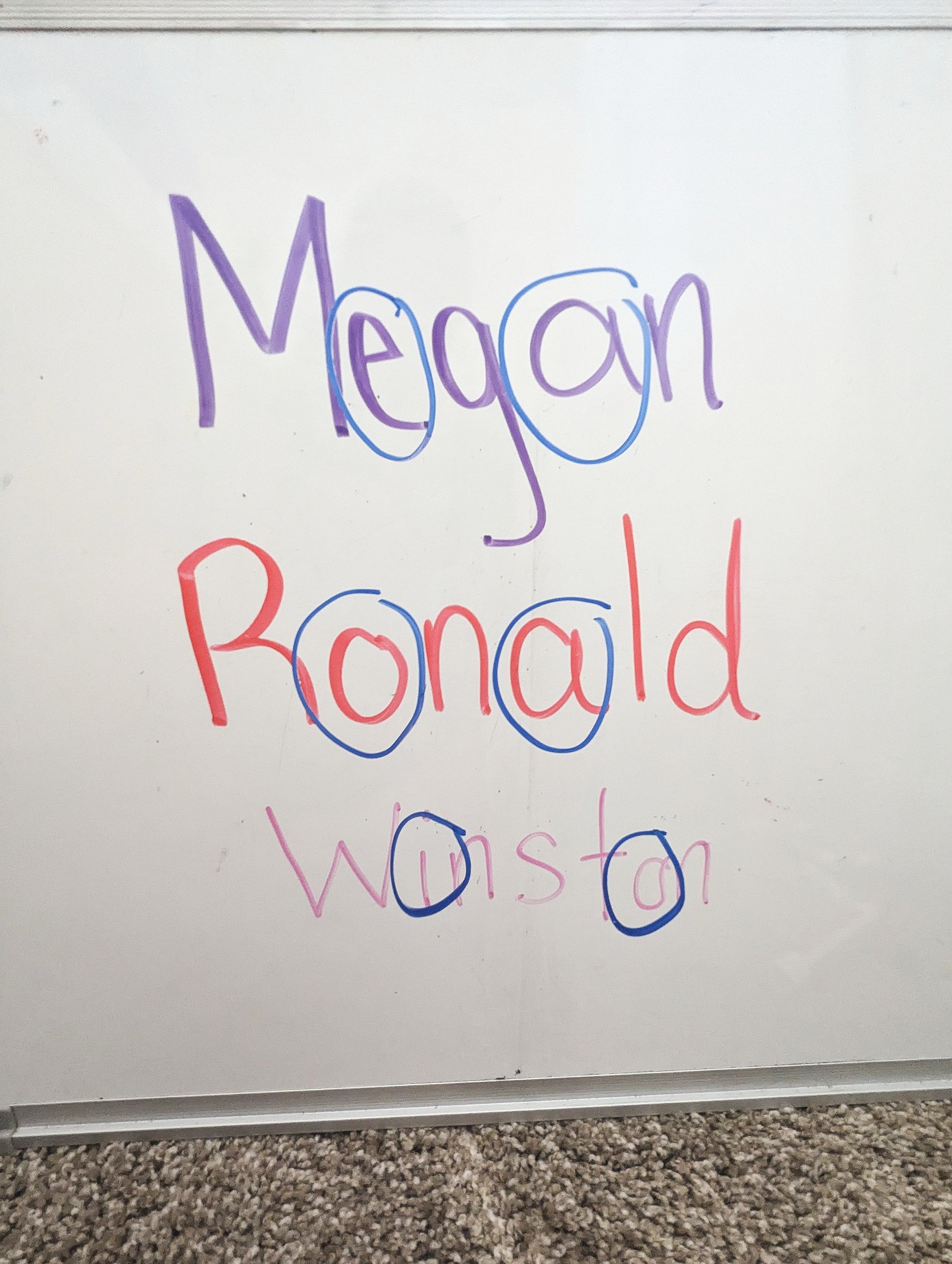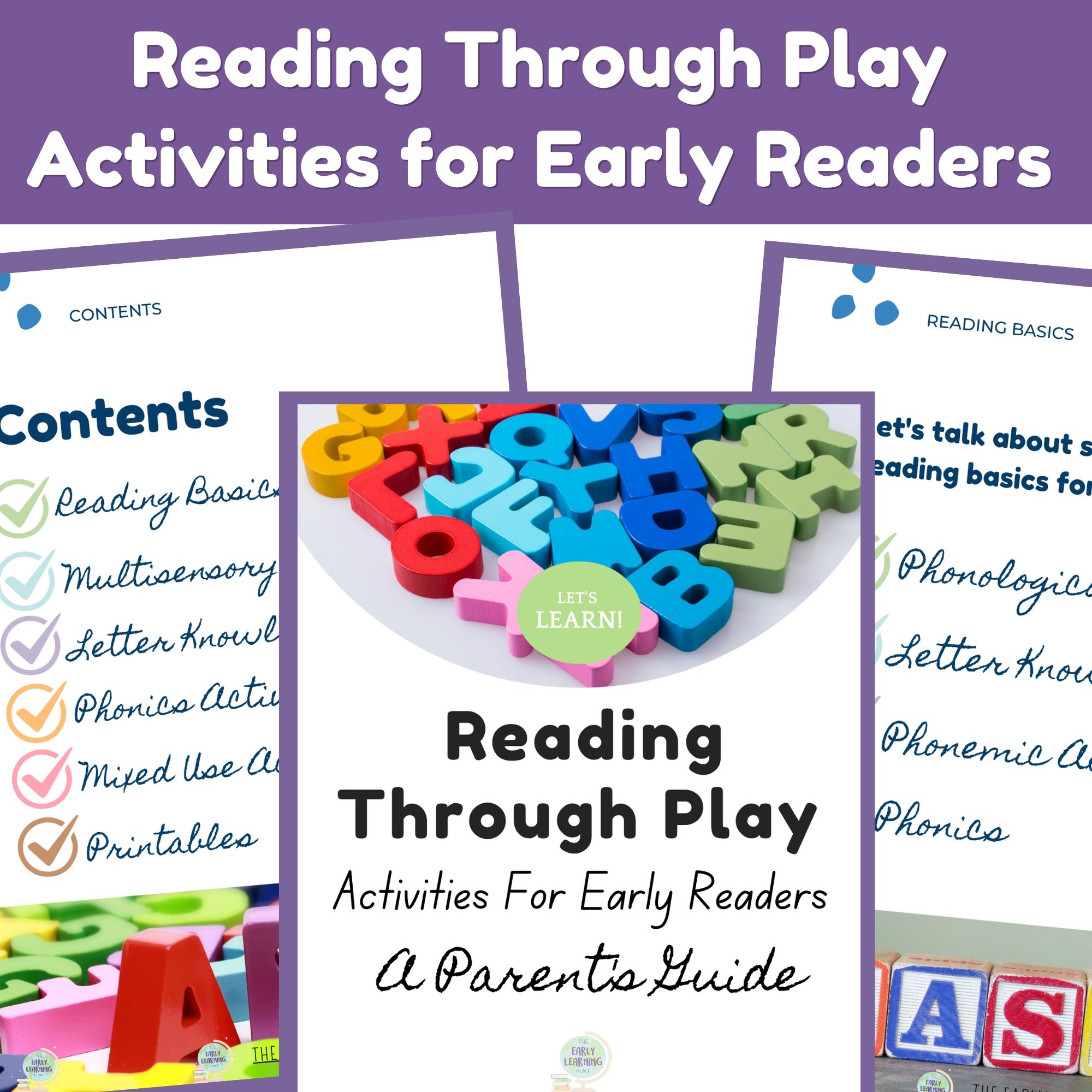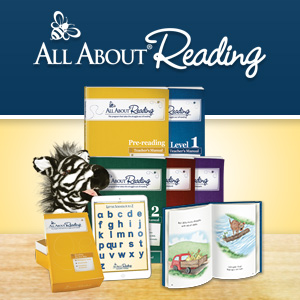Why Vowels and Consonants Matter for Your Child's Reading Success
Why Vowels and Consonants Matter
To fluent readers, understanding the difference between vowels and consonants does not seem like a big deal! But to early readers, it can be a game changer!
Vowels and consonants are the building blocks of words, and differentiating between them is crucial for developing reading fluency. The ability to recognize and differentiate between vowels and consonants enables early readers to decode words more efficiently. This, in turn, boosts their confidence and motivation to continue reading.
What is the difference between vowels and consonants?
At its core, language relies on sounds, and these sounds can be broadly categorized into two main types: consonants and vowels.
Vowels, such as "a", "e", "i", "o", and "u", represent sounds that can be pronounced on their own and form the core of syllables. Consonants, on the other hand, such as "b", "c", "d", "f", and "g", represent sounds that require the accompaniment of a vowel to be pronounced.
First, let’s talk about what these two types of letters are.
What are vowels?
The vowels in English are a, e, i, o, u, and y. Every syllable in English has to have at least one of these letters.
Vowels are speech sounds produced without any significant constriction or closure in the vocal tract. They are the sounds that form the core of syllables and are crucial for the rhythm and melody of speech. Vowels allow the voice to resonate freely, creating a wide range of pitches and tones. (We can sing them!)
Characteristics of Vowels
Open Vocal Tract: Unlike consonants, vowels are produced with an open vocal tract. The position of the tongue and the shape of the lips influence the specific vowel sound.
Tongue Position: Vowels are classified based on the position of the tongue in the mouth. Key positions include:
High: The tongue is raised close to the roof of the mouth (e.g., "ee" in "see").
Mid: The tongue is positioned midway in the mouth (e.g., "e" in "bed").
Low: The tongue is lowered (e.g., "a" in "cat").
Lip Rounding: Vowels can also be classified by whether the lips are rounded or unrounded. Rounded vowels (e.g., "oo" in "food") involve the lips forming a circular shape, while unrounded vowels (e.g., "a" in "cat") do not.
Importance of vowels
Every syllable in English has to have a written vowel!
Fun Facts about Vowels! (All great things to talk about with your child!)
The vowels are a, e, i, o, and u (y can act as a vowel too!)
EVERY word/syllable in English HAS to have a vowel or it is not a word! This is a great fact to let your kiddos know! If they write a word and don’t see a vowel, they know they need to check it!
Vowels are sounds that are not blocked by the mouth, tongue or teeth.
Vowels are sounds that can be sung.
Vowels make our mouths open when we say them.
Vowels have 2 sounds, long and short. (every vowel can also say its lazy sound or its schwa sound!)
Vowels are usually the trickiest part of a word to figure out. This is why it is so beneficial to help kids master them!
What are consonants?
The consonants include: b, c, d, f, g, h, j, k, l, m, n, ,p, q, r, s, t, v, w, x, y, z
Consonants are speech sounds that occur when the airflow from the lungs is obstructed in some way by the lips, teeth, tongue, or throat. This obstruction can be complete or partial, resulting in a wide variety of sounds. Consonants are crucial for defining the shape and structure of words, making them easier to distinguish from one another.
Characteristics of Consonants
Obstruction of Airflow: The primary feature of consonants is the obstruction or restriction of airflow at some point in the vocal tract. For example, when you say the letter "b," your lips come together, blocking the airflow momentarily.
Articulation Points: Consonants are classified based on where and how the obstruction occurs. Some common points of articulation include:
Bilabial: Using both lips (e.g., "b" and "p").
Alveolar: Using the tongue against the upper teeth ridge (e.g., "t" and "d").
Velar: Using the back of the tongue against the soft part of the roof of the mouth (e.g., "k" and "g").
Voicing: Consonants can be voiced or voiceless. Voiced consonants involve the vibration of the vocal cords (e.g., "z"), while voiceless consonants do not (e.g., "s").
Fun Facts About Consonants (All great things to talk about with your child!)
Consonants are sounds that are blocked by the lips, tongue or teeth.
Consonants are sounds that cannot be sung.
Consonants are sounds that cannot be made louder and softer.
Is Y a vowel or a consonant?
Y is such a fun letter! It is the chameleon of the alphabet. That means it changes its sound based on where it is in a word. It can function as both a consonant and a vowel.
If you see it…
At the beginning of a word, it acts as a consonant (yellow or yes)
At the end of a two-syllable word, it spells the long e sound (baby or candy)
At the end of a small word/syllable, it spells the long i sound (by or fly)
In the middle of a word it can spell the short i sound (gym or symbol
Why even make the distinction between vowels and consonants?
As a parent, you want to give your child the best tools for success in reading and writing. One fundamental skill that sets the stage for these essential literacy abilities is understanding the difference between vowels and consonants. Yes, knowing the difference between the two types of letters can be a game-changer!
Here's why…
Builds a Strong Foundation for Phonics Instruction
Differentiating between vowels and consonants is one of the first concepts introduced in phonics. Vowels (a, e, i, o, u, and sometimes y) and consonants (all other letters) play distinct roles in the construction of words. SO many rules and patterns in English, require readers to know the difference between these two!
Enhances Spelling Skills
Spelling can be the hardest part of learning to read, but recognizing the patterns and rules involving vowels and consonants can make it significantly easier.
For instance, many English words follow predictable patterns where certain consonants and vowels appear together. By grasping these patterns, children can improve their spelling accuracy.
Improves Syllabication and Word Division
Dividing words into syllables is an essential skill for both reading and spelling. Syllabication helps children break down words into manageable units, making them easier to read and spell. Knowing the difference between vowels and consonants is mandatory in this process, as each syllable must contain at least one vowel. This understanding allows children to tackle longer and more complex words with confidence, enhancing their overall reading fluency and comprehension.
Supports Reading Fluency and Comprehension
When children can effortlessly differentiate between vowels and consonants, they are better equipped to decode new words, recognize familiar patterns, and read more smoothly. This fluency, in turn, supports better comprehension, as children can focus more on the meaning of the text rather than struggling with individual words.
How to teach vowels and consonants to kids
To support your child in mastering vowels and consonants, try incorporating fun and engaging activities at home.
Teach your child the difference between the two different types of letters! (See the video below for how I would go about explaining this to your child).
Practice! The best way to practice a new skill is through a game! (See the video below for the sorting game I use with my students)
Practice some more! Continue to talk about these two types of letters! The goal is to get your child comfortable with identifying if a letter is a vowel or a consonant. This will pay off when they advance in their reading skills! You are laying the groundwork right now!
How to teach your child the difference between vowels and consonants!
Let’s wrap it all up!
Knowing the difference between a vowel and a consonant is very important for kids because a lot of different spelling patterns and rules require you to know the difference between the two types of letters.
If we can start using the terms vowels and consonants right away with our kiddos they are going to be much more comfortable once they actually needing to know the difference.
cThe ability to recognize and differentiate between vowels and consonants enables early readers to decode words more efficiently. This, in turn, boosts their confidence and motivation to continue reading. Therefore, while the difference between vowels and consonants may seem insignificant to fluent readers, it holds immense importance for early readers, unlocking a world of written language and paving the way for a lifelong love of reading.
By differentiating between vowels and consonants, your child will gain a solid foundation in reading and writing! Talking about the difference between these two letters is ALWAYS one of the first lessons I do with ALL my learners because it is so important in learning to read!
Tools that Promote Consonants and Vowels!
Tools I Love
🔧
Tools I Love 🔧
The Early Learning Place contains affiliate links. If you make a purchase, I may receive compensation at no extra cost to you! But I do SO appreciate your support! (And I will only ever, suggest tools that I personally use and love!)
“It is SO helpful for beginner readers to see the two types of letters! A great way to do this is by using two different colors! ”
I am all for making learning multisensory and sensory bins are the perfect way to do just that! I love this one from Mama of Joy Sensory Play.
Want some step-by-step instructions on how to teach your beginner reader? Check out All About Reading! This is the ONLY program I recommend! Perfect for homeschool families, who want an affordable yet effective program to use at home. My content and philosophy align perfectly with it! Click here to learn more and feel free to message me if you are unsure what program would be the best fit!















